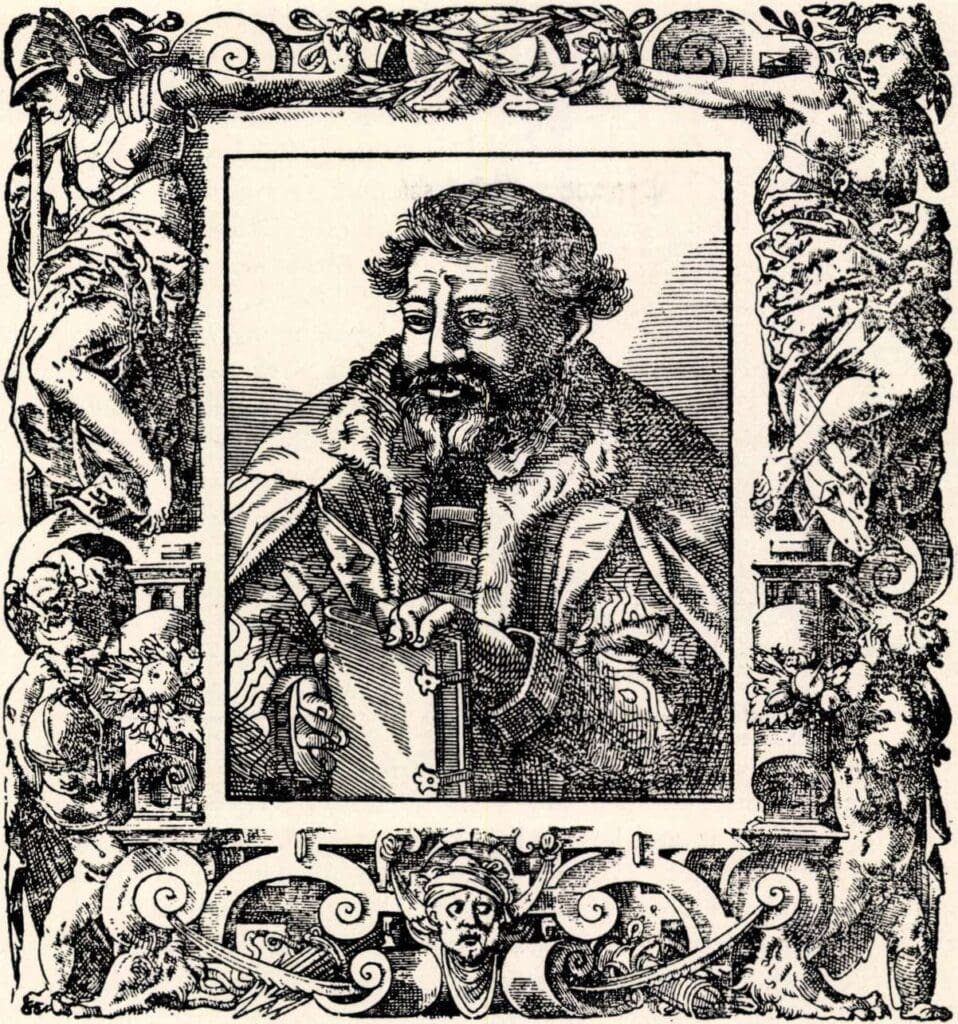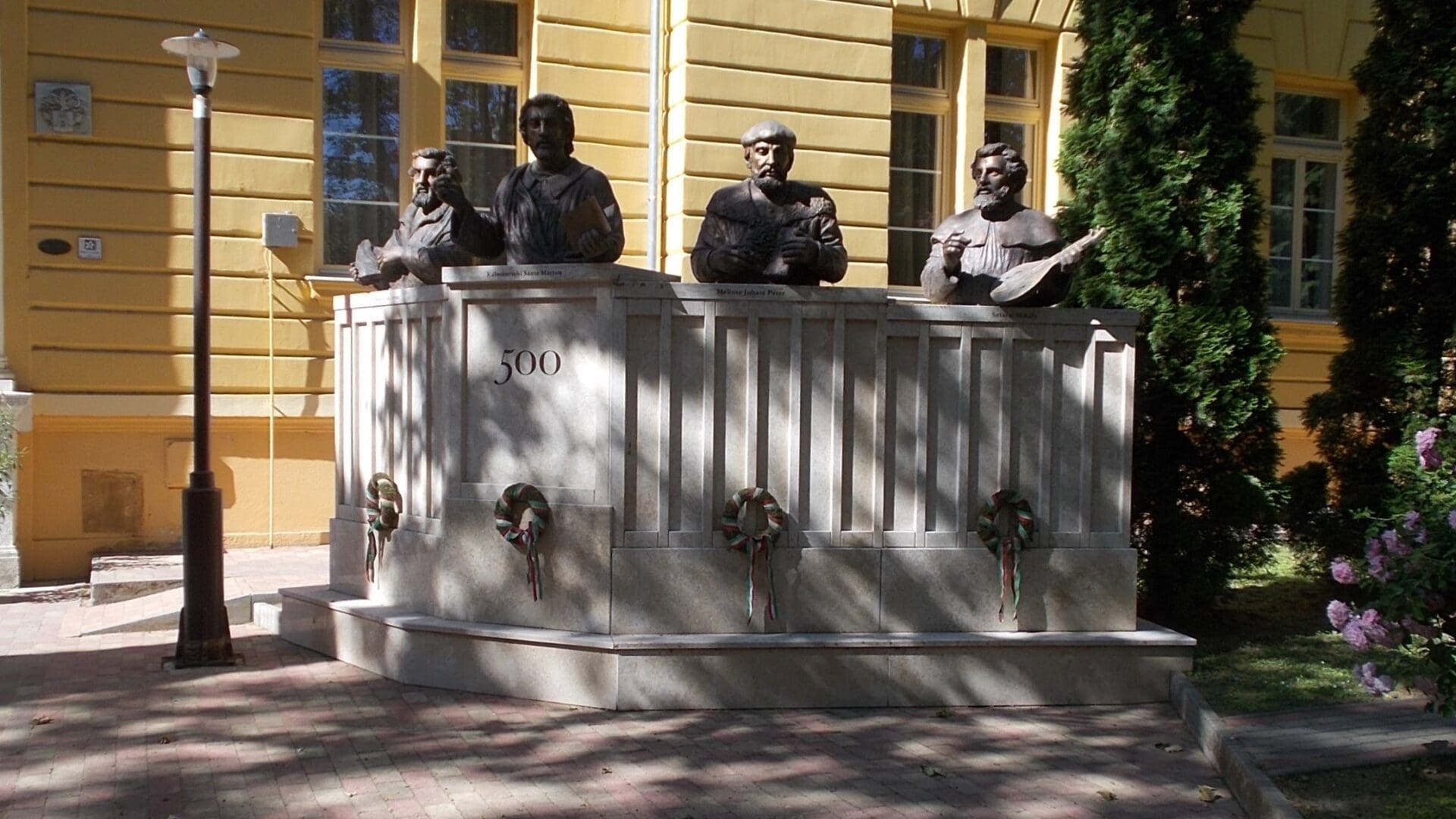Part I: The Dilemmas of the 16th-Century Synods*
The Reformation in Hungary did away rather quickly with the more than 1200-year-old tradition that had formed in the Roman Catholic Church regarding liturgical vestments. Parish priests who sympathized with the efforts to renew faith—whether they followed Luther or Calvin—regarded it as natural that they would no longer wear the customary Catholic garments. But it took long centuries before it was established what kind of clothing the pastors of the new Christian denominations were to wear when preaching the gospel.
Paragraph 52 of the Baranya Canons (Baranyai kánonok), compiled by István Szegedi Kis and János Réczés in 1554 read as follows: ‘We also desire for certain reasons that teachers (Note: Here meaning preachers. End note.) possess certain decent garments, robes on their persons and for their offices, so that they may be recognized through those as servants of Christ: we do not want in the least that they follow the ways of Hajduks, ruffians, soldiers, mercenaries, butchers, lawyers, noblemen, burgesses, lords, dukes, merchants, moneylenders, Turkish soldiers, Janissaries, spahis, qadis and hodjas, but rather that they only follow Christ in all their clothing, conduct and behaviour. We also wish that the garments of the spouses of teachers not be superior in any way to those that befit the person and office of their lords, so that it be apparent: this is a true servant of God, and that is a true female servant of God.’**

The fact that the issue of what the apparel of preachers should look like was not resolved by Szegedi Kis and Réczés is clearly shown by the as many as eighteen articles of the synods held in the 1500s, all of which concerned themselves with the expectations regarding the clothing of ministers. Article IX of the second synod of Erdőd, Szatmár County for instance stated: ‘Excessive luxury in their own garments and those of their wives and children should be avoided [by pastors], and their own clothing and that of their spouses should be modest.’
Interestingly,
there were some who were complained about because they had gone overboard with modesty.
Márton Kálmáncsehi Sánta, a Debrecen preacher who had a fairly turbulent life, was reported to the Vienna Chancellery by Nagyvárad (today, Oradea in Romania) prebend György Draskovich, who noted that ‘he does not need any adorned altar, but uses a simple wooden table; he despises altogether the vestments that he used to wear during the liturgy and is now content with wearing his everyday clothes, performing the sacred service in those.’
The synods held between 1561 and 1562 played an important role in strengthening the Reformation in Hungary: they had the overt intention of proclaiming to the Roman Catholics and Lutherans of the country the Helvetian orientated creeds (Note: Essentially based on the Second Helvetic Confession. End note.) of the Reformed Church. The synods were held in Debrecen and Nagyvárad, and the results of the conferences were published in a book titled The Debrecen Confession. The authors of the creed were pastors Péter Méliusz Juhász, Gergely Szegedi and György Czeglédi. They also deemed it necessary to discuss the apparel of those preaching the gospel. ‘Christ, the apostles, the prophets all wore ordinary clothes even when administering the sacraments, therefore priests can even today wear decent clothing, ordinary garments. Even the synods forbid bishops and priests to wear superstitiously luxurious apparel,’ they declared in The Debrecen Confession.
As opposed to that, Italian protestant theologian and polemist Francesco Stancaro (or Franciscus Stancarus in Latin), who travelled as far as Transylvania, disapproved of what he saw as the ‘excesses’ of the Reformation in ‘scrapping the pastoral and customary vestments’. The Italian argued thus: ‘Because in the papacy all we condemned in that regard were the abuses.’
Thesis 48 of the synod held in the Szatmár County town of Csenger, convoked by Péter Méliusz Juhász for 26 July 1570, declared: ‘As in the Holy Scripture, either in the Old or the New Testament, the commonly used clothing of the servants of the Church are not prescribed with any rules, forms or measure: it is insensible and cruel to make those who have been made the inheritors and rulers of all creatures servants in their clothing, superstitious dining and drinking. Therefore, in all these things it is necessary to keep to, as much as the circumstances permit,
the gracious and holy middle way,
as befits honour, decency and necessity. All extremes, as well as luxury, pridefulness, scandals, impurity, avarice and all things that do not serve or favour nature must be avoided.’
To sum up, we can state that the question of what garments preachers should wear was a constant topic of the synods held in the 1500s, and all the articles, canons and law books attempted to make it unequivocally clear that pastors should perform their duties in ‘decent, regular, modest’ clothing. Any garments that could be deemed luxurious were resolutely banned, and so was all clothing that emulated that of soldiers or followed the inevitably spreading Turkish fashion.
To be continued.
*This article was largely based on Béla Takács’s book titled A magyar református lelkészek öltözete (The Garments of Hungarian Reformed Church Pastors), Hernád kiadó, Debrecen, 2004.
**This and all other passages quoted from the above book were translated by Hungarian Conservative.







